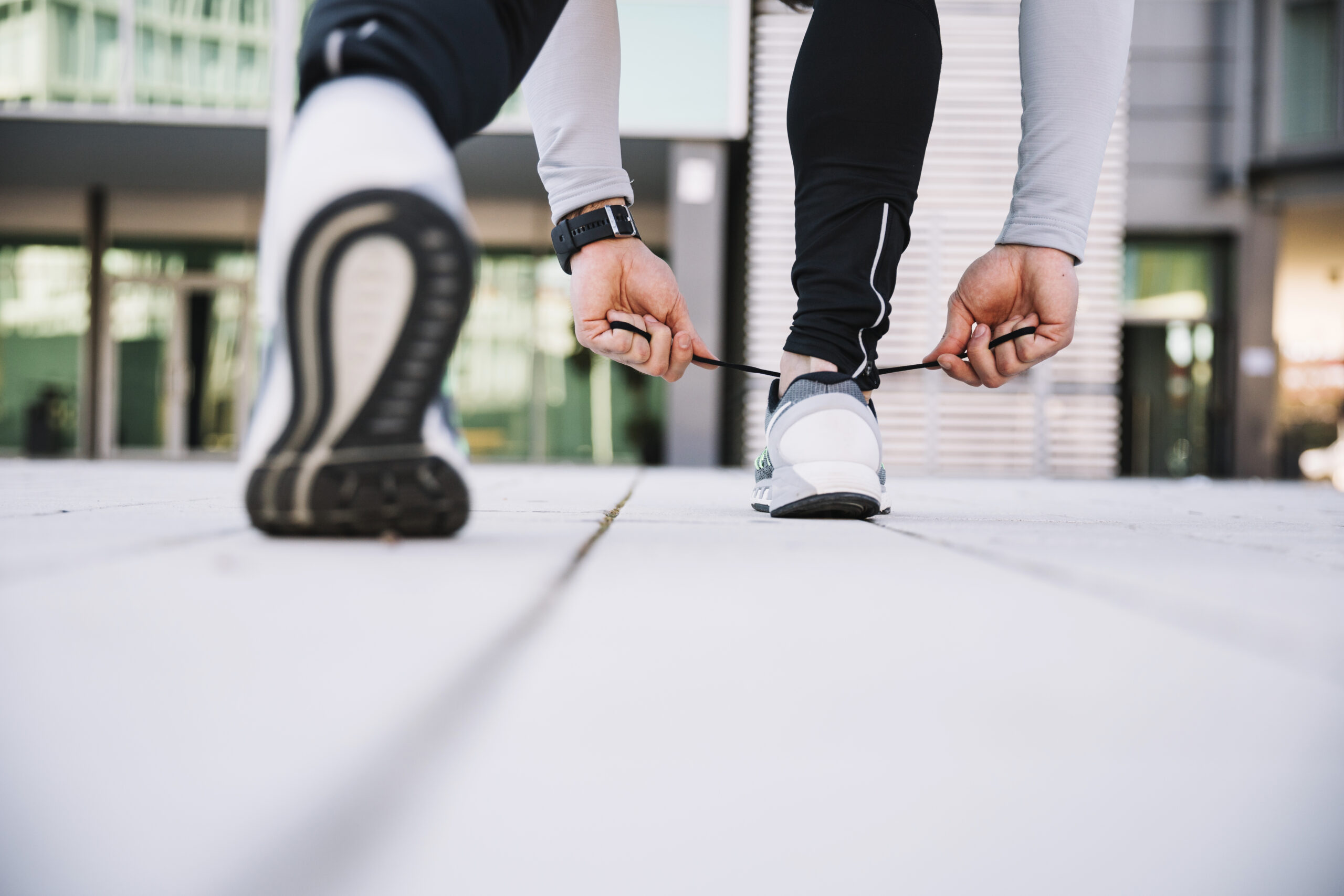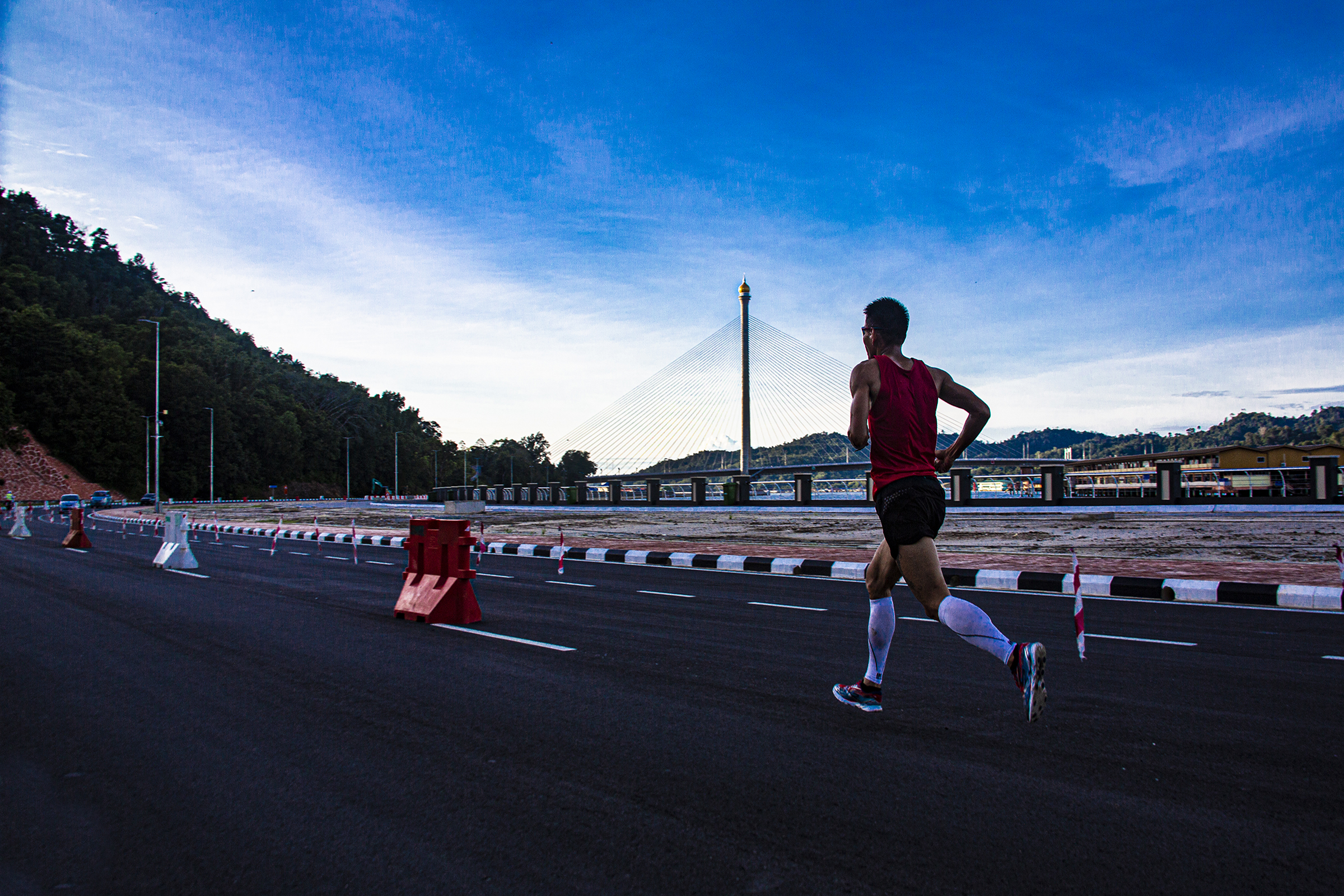THE WASHINGTON POST – Getting into running for the first time or picking it up after a long break can be challenging. Even experienced runners have questions: What running shoes should I buy? Why do I chafe? Why can’t I run faster for longer?
The running journey can be littered with lessons and trial and error. Some mistakes lead to injuries, while others offer learning experiences. We asked coaches and medical experts about common running mistakes and what runners should do about them.

THE TERRIBLE TOOS: TOO MUCH, TOO FAST, TOO SOON
Beginner runners often run too fast and struggle with pacing, coaches say. When the director of coaching for the San Antonio Road Runners Scott Peacock started running, he thought he had to approach every training run like a race. Slowing down, Peacock learned, allowed his body to recover.
“I finally slowed down and understood there are specific days a week you train for speed and other days are easy running,” he said.
Running coach Tia Accetta in Tucson, tells her clients that they should “come in at exactly where they are”. Start small and make running feel easy before moving on to the next level.
Coaches recommend running a majority of runs at a conversational pace. You should be able to have a conversation with another runner or even sing along to music, said running coach Brenda Hodge based in Lancaster, Pennsylvannia.
“You should always feel like you can run faster,” she said. The pace can change based on the weather, elevation, hydration status and even hormones, Hodge added.
When building weekly mileage, Hodge said, the 10 per cent rule can be a good guideline in ramping up. For example, if you run 10 miles total the first week, you can safely add 10 per cent or one mile the following week, she said.
Pushing your body beyond what it can adapt to can lead to injuries, said director of physical medicine and rehabilitation Michael Fredericson at Stanford University.
To prevent injuries, he recommended gradually increasing weekly mileage and doing exercises to strengthen your core, hips and quadriceps muscles.
“If I had to pick one exercise, squats is probably the best thing you can do,” said Fredericson, who also is the head physician for the Stanford cross-country and track and field teams.
Shin splints are one of the most common injuries from running too much, he said. People with shin splints will feel pain along the inner border of their lower leg, which can develop into a stress fracture when “the pain becomes more focal”, he said.
Icing the legs, taking anti-inflammatory medicine and stretching out the muscles in the back of the leg help, Fredericson said. If it hurts to run on the road, cross-train by using an elliptical, swimming or deep water running.

PICKING THE WRONG SHOES AND CLOTHES
Wearing the proper running shoes or clothes can make a difference.
Travisha Gunter started running about 10 years ago with the same sneakers she wore for errands and gym workouts. Her feet would hurt after runs.
“They could have had 1,000 miles in them, but because they were clean and smelled fresh, I thought they were still good,” said running coach Gunter with the Montgomery County Road Runners Club in Maryland. “You can’t use the same shoe for every single thing.”
Gunter, who coaches back-of-the-pack or slower-paced runners, recommends getting fitted at a running shoe store. Feet can swell during runs and it is best to get shoes typically a half-size larger, she said.
“If it feels comfortable on your foot and comfortable when you run, that’s a good shoe for you,” said running coach Drew Wartenburg based in Flagstaff, Arizona. “You don’t want something too tight.”
Wearing the wrong clothes can also make running uncomfortable. It can lead to skin chafing, which happens when skin rubs together or rubs against clothing.
Chafing can cause itching and open sores that can lead to infections, said dermatology resident Alexandra Bender at the University of Rochester Medical Center and an avid runner. Common areas include between the thighs, under the arms, the nipples, under the bra band or along the shorts lining.
Friction, moisture and heat can make chafing worse, Bender said. She recommends avoiding plain cotton and opting for clothing that is lightweight, moisture wicking and absorbent.
Cotton “doesn’t dry as quickly, so that contributes to the moisture issue”, Bender said.
Apply Vaseline or Body Glide to the areas where you are likely to chafe before your runs, she said.

A HIT-OR-MISS RUNNING SCHEDULE
Consistency is key to improvement. The number of runs per week depends on the individual and that person’s goals, but you should do it enough to make it a habit, Wartenburg said.
“For someone starting out or starting back after a long time, that probably means every other day for running or run-walk,” he said. “Second week, if all is going well, most can safely progress to two days on, one day off.”
Running every week is also important. Some newer runners will run a week and take a week off, and will not gain momentum, Hodge said. Running consistently doesn’t mean running the same distance or doing the same workout every day but stringing together weeks of solid training, she said. Many race training programmes require months of running, and being patient is important for all runners – beginners and experienced alike.
“I try to remind runners, don’t let what you can’t do get in the way of what you can do,” Hodge said. “Focus on progress, not perfection.” Know that it’s okay to make mistakes. Wartenburg likes to tell new runners to remember how far they’ve come.
“It can be a really good reminder of progress,” he said. “Follow your own journey. Keep a running log so you can see how far you’ve come and compare yourself to yourself.”





